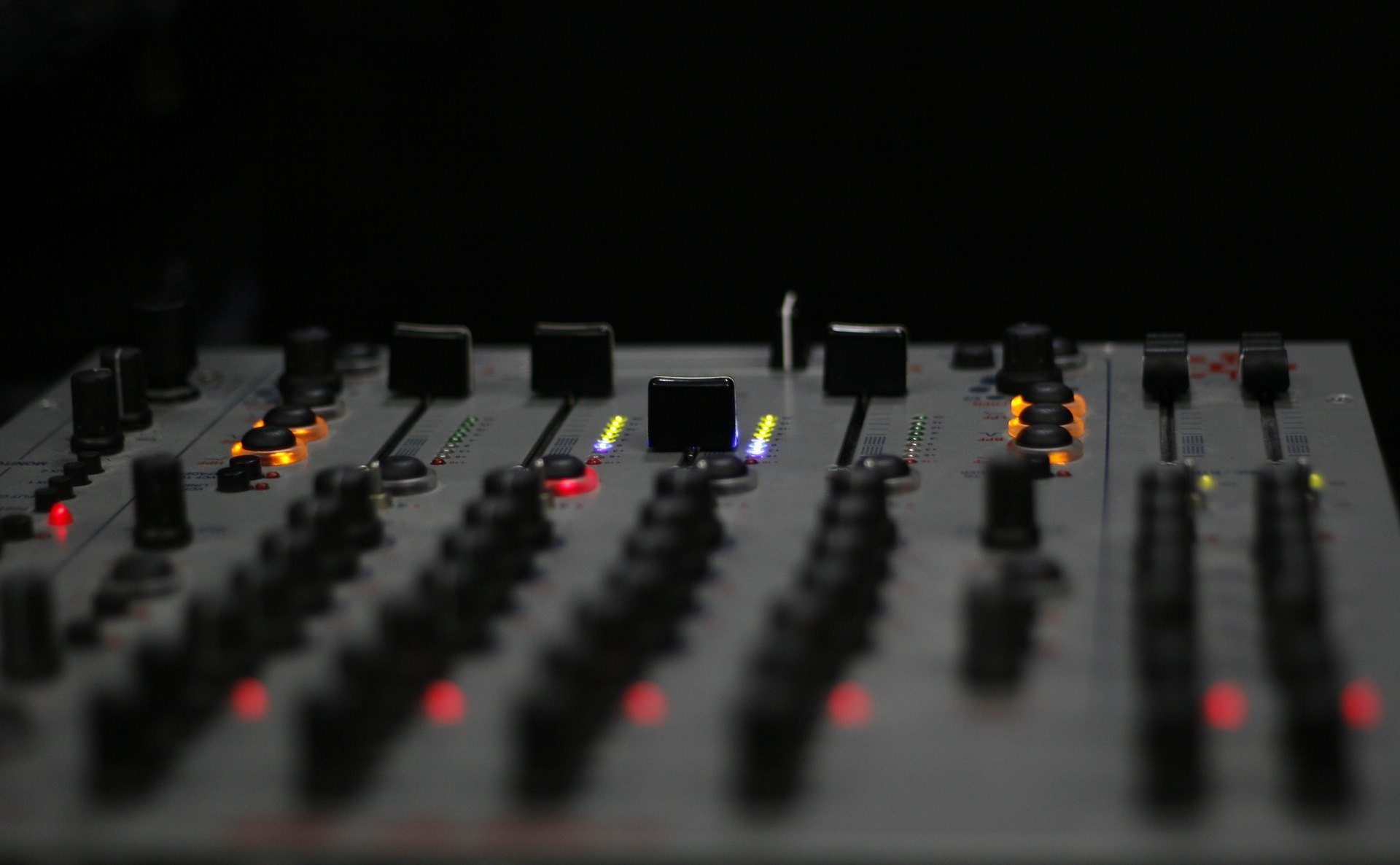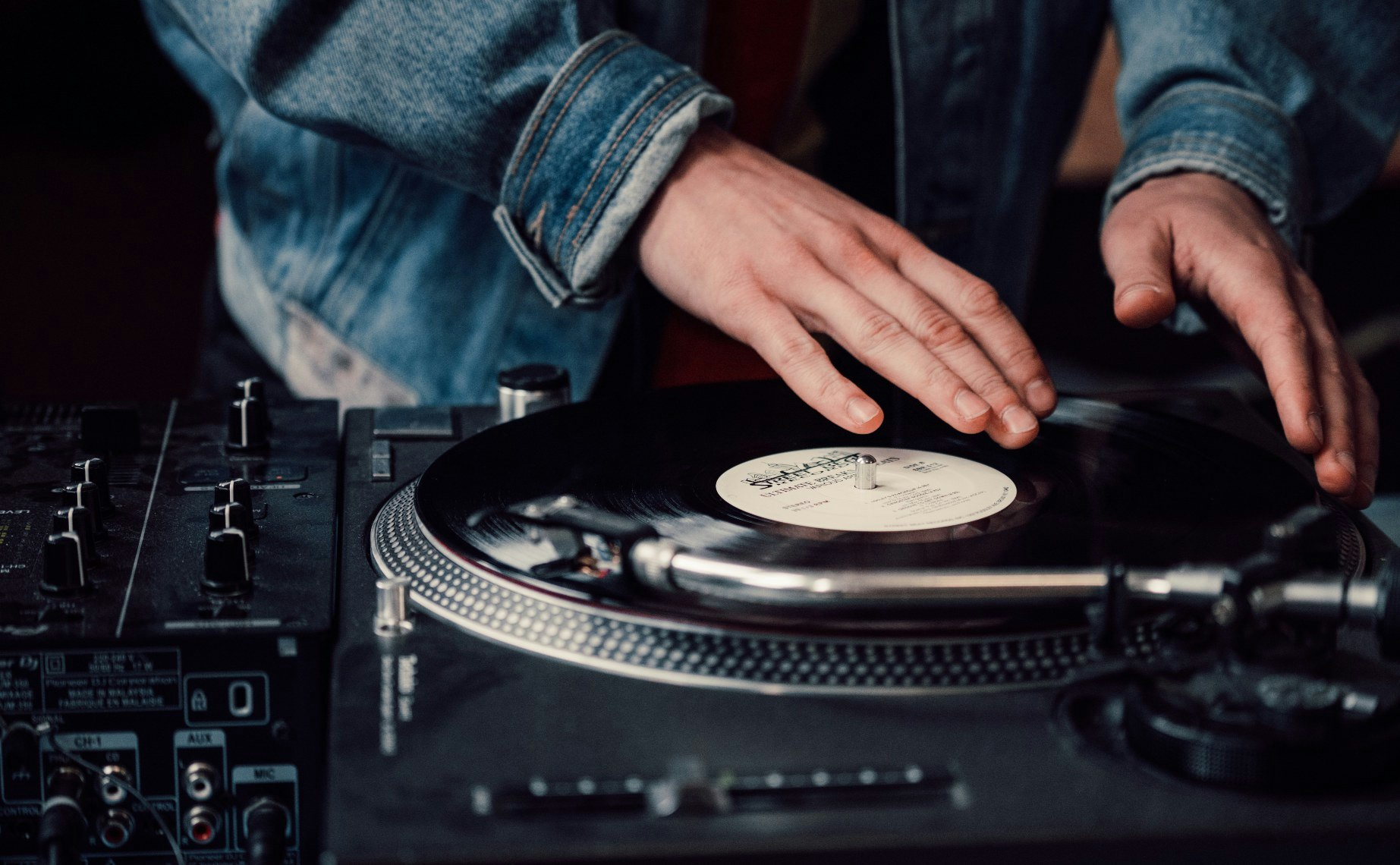
■ Features
Learning how to mix Hip Hop is a great way to get closer to the music and culture. Here, we take a look at the history, subgenres and techniques to help you get started.
Since 1973, the Hip Hop scene has grown from parties in the Bronx borough of New York City to a worldwide phenomenon. Transporting this sound and vibe to modern club spaces is no small feat. However, when a Hip Hop set goes off, it can be something truly special.
Whether you’re a complete beginner DJ, learning how to DJ from scratch, or you’ve simply never played Hip Hop before, this guide is designed to get you up to speed with some of the genre's legends, the subgenres and the best practice techniques for Hip Hop DJing.
The pioneers of hip hop DJing are legendary for their creativity and innovation. These are the people who created the art of turntablism as we know it today.
Hip hop DJs Grand Wizzard Theodore, Kool Herc, Afrika Bambaataa and Grandmaster Flash were responsible for the culture that would become known as Hip Hop. They would throw parties in community halls on weekends where they would play records and entertain the crowd with new innovations with the turntable record players. In early Hip Hop, these DJs developed techniques like ‘cutting’ to create different sounds by mixing beats and pitching records up or down.
Hip-hop music originated in the 1970s as a way for inner city African American youths to express themselves. The first Hip Hop songs were mainly based on Rhythm and Blues and Jazz samples, but over time musicians began making their own beats. Of course, as Hip Hop continued to evolve, as it’s still evolving today, it gained many different subgenres.
The Hip Hop subgenres that emerged, were largely driven by groups of artists in different areas, for example West Coast Hip Hop is very musically different to East Coast Hip Hop. West Coast Hip Hop is characterised by lyrics focusing on street life, violence, drug use and gang culture. Some famous West Coast rappers include Tupac Shakur, Easy-E, Ice Cube and Snoop Dogg. East Coast Hip Hop on the other hand is typically more soulful, often sampling disco and funk songs from the 1970s and 1980s.
If you were to try and put a number on how many subgenres of Hip Hop exist, it would be very difficult - you’ve got New York City Hip Hop, Miami Bass, Philadelphia Hip Hop, Chicago Hip Hop, Gangsta Rap, West Coast Hip Hop, Baltimore Club Music, R&B Trap Music, Jungle, the list goes on. Many modern genres have roots in Hip Hop and new off-shoot genres are being created by each new generation.
Hip Hop DJing techniques are amongst the most complex of all the genres. Some techniques, like learning how to control your DJ volume levels, are necessary across all genres. However, Hip Hop DJs specifically employ extra skills and techniques such as scratching, cutting and beat juggling.
The types of Hip Hop mix techniques that you need to learn as a Hip Hop DJ also depend on the type of DJ you want to be. For instance, turntablists use ‘battle records’ that have no musical value, but scratch well. They'll practice in their bedrooms for hours every day before even performing in public. This is a very different style of DJing to if you want to perform in a club. Plus, with Hip Hop, you need to consider whether you’re performing with an MC or not - this will also totally change your approach.
Below are some of the most crucial elements of Hip Hop DJing, depending on the mixing style you’re going for, you should be able to decipher which you need to learn. However, a basic understanding of all of these techniques will surely help you to become a better DJ.
This technique is used by DJs to smoothly transition from one song to another. The crossfader is a slider that controls two channels at once. DJs use it to mix two songs together. As the crossfader slides from one channel to another, one song starts to fade out while the other starts to fade in. This helps DJs create smooth and interesting transitions between songs and creates new music for people listening to it.
One of the most famous techniques used by DJs is scratching. You can learn how to DJ scratch with vinyl records or with digital audio workstation software. Scratching creates a sound similar to that made when you rub your finger against a record’s surface while it’s playing.
Beat Juggling is a technique that involves moving the platter back and forth between the two turntables. This was initially done by hand but later developed into more complex movements involving the crossfader and cutting dials.
When no records are being played but the DJ still talks over the microphone or gives shout outs or dedications, etc.
To listen to a record while it’s spinning on the turntable in order to find a particular section that you want to play next.
When learning how to beatmatch, the goal is to to get two records playing at the same tempo so that they can be mixed together easily. This is done by adjusting the speed of one record to match that of the other, which requires careful listening and often some practice to get right. This technique is also called beat juggling or tempo matching.

How DJs mix Hip Hop today still hark back to the techniques DJs developed in early Hip Hop. However, some have been modified according to the sound of new subgenres and in line with changing DJ technology - such as the introduction of CDJs as the leading DJ players. One thing that’s for sure, is that it’s a genre bursting with creativity.
To get to grips with the art of Hip Hop DJing fully, the best thing to do is practice. If you don’t have access to decks at home, you can book a DJ studio with Pirate and pay by the hour, across the UK, Germany and US. All of Pirate’s studios come equipped with the latest industry-standard decks to help get you club-ready.
